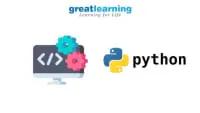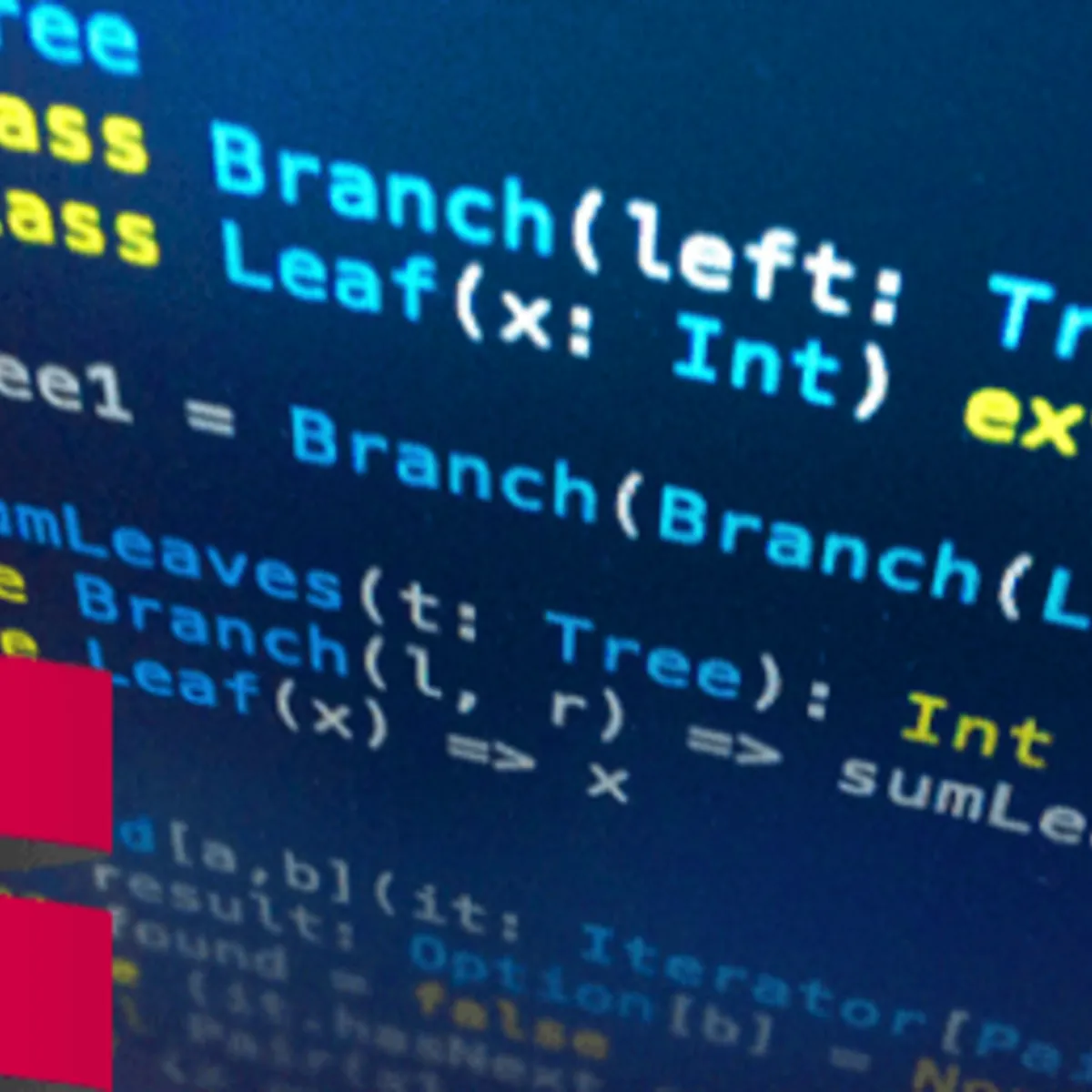
Python for Data Science - Great Learning 
This course provides an introduction to Python for data science, covering the fundamentals of the language and its applications. With this comprehensive learning path, learners can gain the skills needed to use Python for data analysis and visualization. ▼
ADVERTISEMENT
Course Feature
![]() Cost:
Cost:
Free
![]() Provider:
Provider:
Udemy
![]() Certificate:
Certificate:
No Information
![]() Language:
Language:
English
![]() Start Date:
Start Date:
Self Paced
Course Overview
❗The content presented here is sourced directly from Udemy platform. For comprehensive course details, including enrollment information, simply click on the 'Go to class' link on our website.
Updated in [March 06th, 2023]
This course, Python for Data Science, is designed to help learners gain an understanding of the Python programming language. It covers the fundamentals of Python programming, including data types, variables, functions, and classes. Learners will also learn how to use Python for data analysis, visualization, and machine learning. By the end of the course, learners will have a strong understanding of the Python language and be able to apply it to data science projects.
[Applications]
The application of this course can be seen in various fields such as data science, machine learning, artificial intelligence, and web development. It can be used to create data visualizations, analyze data, and build predictive models. It can also be used to develop web applications and automate tasks. Additionally, it can be used to develop applications for mobile devices and the Internet of Things (IoT). With the knowledge gained from this course, students can create powerful applications that can be used to solve real-world problems.
[Career Paths]
1. Data Scientist: Data Scientists use Python to analyze large datasets and uncover patterns and trends. They use Python to develop predictive models and algorithms to help businesses make better decisions. Data Scientists are in high demand and the demand is expected to continue to grow as businesses become increasingly data-driven.
2. Machine Learning Engineer: Machine Learning Engineers use Python to develop and deploy machine learning models. They use Python to build and optimize algorithms that can learn from data and make predictions. Machine Learning Engineers are in high demand and the demand is expected to continue to grow as businesses become increasingly reliant on machine learning.
3. Data Engineer: Data Engineers use Python to design, build, and maintain data pipelines. They use Python to extract, transform, and load data from various sources into data warehouses and data lakes. Data Engineers are in high demand and the demand is expected to continue to grow as businesses become increasingly reliant on data.
4. Software Developer: Software Developers use Python to develop web applications, mobile applications, and desktop applications. They use Python to build user interfaces, create APIs, and integrate with third-party services. Software Developers are in high demand and the demand is expected to continue to grow as businesses become increasingly reliant on software.
[Education Paths]
1. Bachelor of Science in Data Science: This degree path provides students with a comprehensive understanding of data science principles and techniques, including data analysis, machine learning, and artificial intelligence. Students will learn how to use Python to develop data-driven solutions and gain the skills to interpret and visualize data. Additionally, this degree path will provide students with the knowledge to develop predictive models and algorithms to solve complex problems.
2. Master of Science in Artificial Intelligence: This degree path focuses on the development of artificial intelligence systems and algorithms. Students will learn how to use Python to create intelligent systems and develop machine learning models. Additionally, this degree path will provide students with the skills to design and implement AI-based solutions for real-world problems.
3. Master of Science in Data Science: This degree path provides students with a comprehensive understanding of data science principles and techniques, including data analysis, machine learning, and artificial intelligence. Students will learn how to use Python to develop data-driven solutions and gain the skills to interpret and visualize data. Additionally, this degree path will provide students with the knowledge to develop predictive models and algorithms to solve complex problems.
4. Doctor of Philosophy in Data Science: This degree path provides students with an in-depth understanding of data science principles and techniques, including data analysis, machine learning, and artificial intelligence. Students will learn how to use Python to develop data-driven solutions and gain the skills to interpret and visualize data. Additionally, this degree path will provide students with the knowledge to develop predictive models and algorithms to solve complex problems. Additionally, this degree path will provide students with the opportunity to conduct research in the field of data science and develop new methods and techniques for data analysis.
Course Syllabus
Installing Python, Pycharm and Anaconda
Data Types, Variables and Operators in Python
Python Strings
Data Structures in Python
Flow Control Statements
User Defined Functions in Python
Object Oriented Programming in Python
Numpy Library in Python
Pandas Library in Python
Pros & Cons

Learn many new things

Smooth and easy to understand

Easy to relate with

Exceptional teacher/instructor

Detailed explanation

None mentioned
Course Provider

Provider Udemy's Stats at AZClass
Python for Data Science - Great Learning introduces Python for Data Science and covers the fundamentals of the language and its applications. With this comprehensive learning path, learners gain the skills needed for data analysis and visualization using Python. This course introduces the Python language and its applications to data science. It covers topics such as data manipulation, data visualization, machine learning, and automation. It also provides an overview of various tools and techniques used in data science. The course is designed to help learners understand the fundamentals of Python programming and its application to data science.
Discussion and Reviews
0.0 (Based on 0 reviews)
Explore Similar Online Courses

Introduction to Javascript

Android Wear Development

RDBMS PostgreSQL

Intro To PostgreSQL Databases With PgAdmin For Beginners

PostgreSQL: Client Applications

Mastering SQL using Postgresql

Database Design and Basic SQL in PostgreSQL

PostgreSQL: Advanced Queries

Spatial SQL with Postgres : A language for geographers

Learn SQL Using PostgreSQL: From Zero to Hero

PostgreSQL Essential Training


Start your review of Python for Data Science - Great Learning